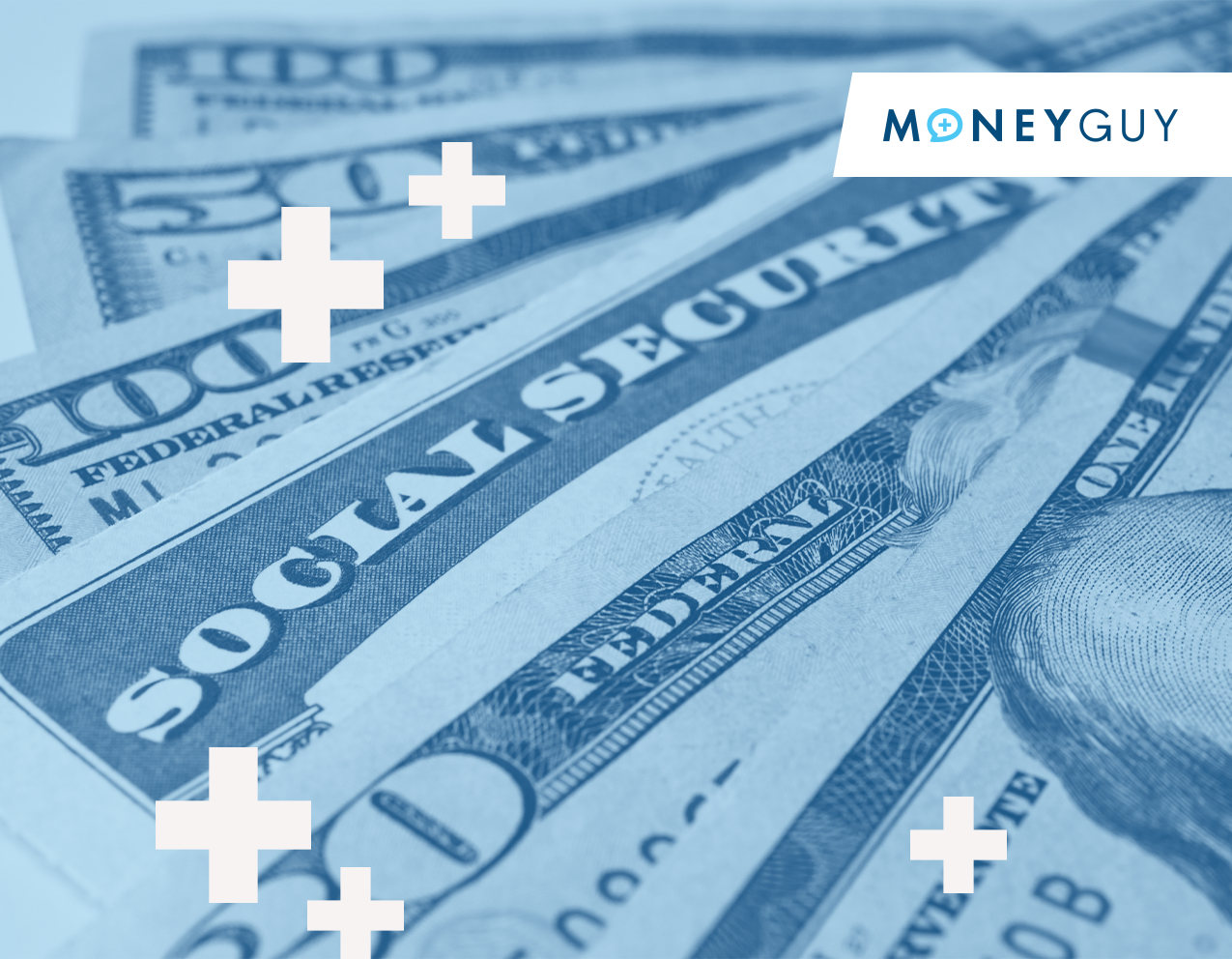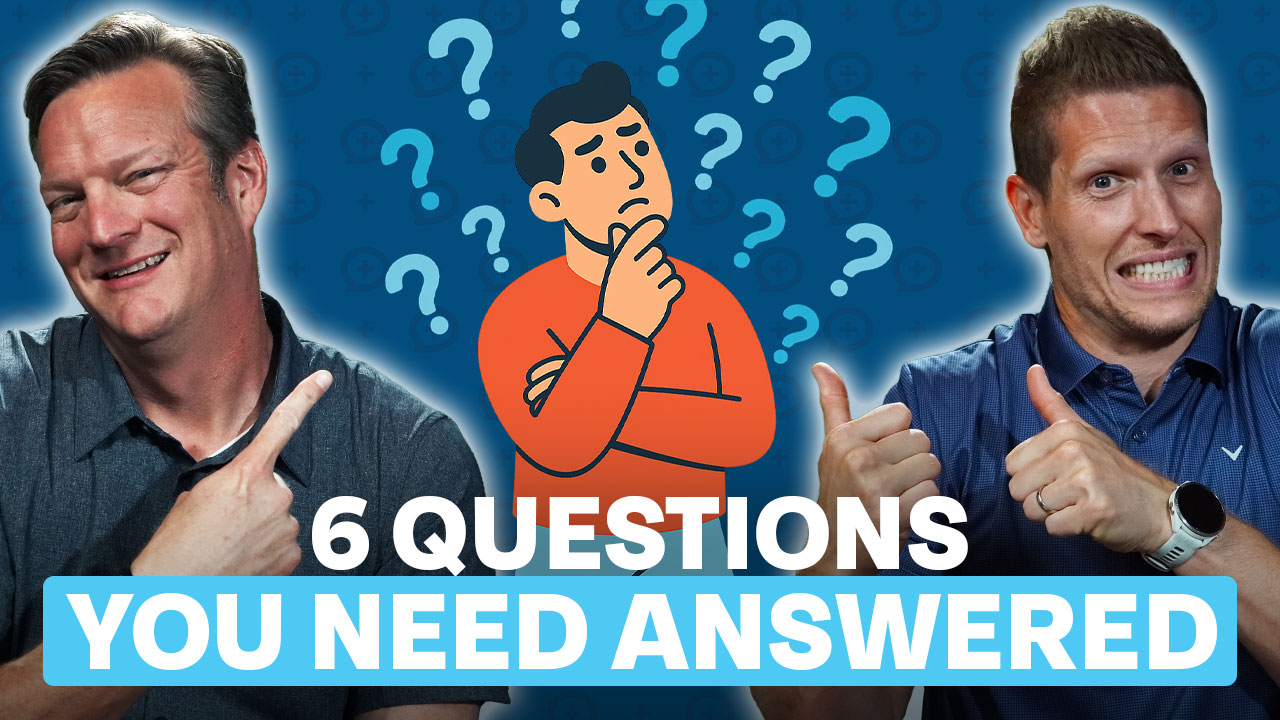Our Financial Order of Operations lays out what to do with every dollar, including when to pay off debt, when to build an emergency fund, and when and where to invest for retirement. Investing for retirement can be confusing for newcomers because the steps of the Financial Order of Operations don’t fit neatly into everyone’s financial life. Not everyone has an employer plan, which means steps 2 and 6 may be impossible to achieve. Not everyone can contribute to an HSA or Roth IRA, which eliminates step 5. No matter what retirement plans you have access to or don’t have access to, here’s how to think about investing for retirement.
1. Get your employer match.
If you have an employer match, contributing enough to your retirement plan to get the full match should be your first priority when it comes to investing for retirement.
What if I don’t have an employer match?
If you don’t have an employer match, skip to the next retirement savings bucket (which is contributing to your Roth IRA and HSA).
What if I don’t need to contribute to get my employer match?
Some employers make contributions to your retirement plan no matter if you contribute or not. If your employer match does not require a contribution from you, skip to the next retirement buckets, Roth IRA and HSA.
What if my employer match is very generous?
Some employers offer very generous employer matches. Some are so generous that you may not be able to fully maximize the match right now. What do you do in this situation? Will you be stuck on maximizing your employer match forever?
Employer matching contributions are so powerful that you should prioritize getting every potential dollar you can, even if that means being “stuck” trying to maximize your employer match for a little while. Being “stuck” getting your employer match should be viewed as a blessing. Go give your employer a big sloppy bear hug!
What if my employer offers a discount on company stock?
Employee stock purchase plans, or ESPPs, may include a discount on company stock of up to 15%. Does this count as part of your employer match? The short answer is yes. Even though an ESPP discount typically isn’t as lucrative as a traditional employer match, it is still free money from your employer. Take full advantage of any discount on company stock you get before moving on to other retirement accounts.
2. Maximize your Roth IRA and/or HSA
Maximizing both your Roth IRA and HSA, if you are able to contribute to both, is the next step on your retirement investing journey.
Should I contribute to my Roth IRA or HSA first?
If you have access and are able to contribute to both, you may be wondering which you should prioritize. This is an often debated question on the show, and they are both amazing retirement savings vehicles, but the HSA may have a slight edge on the Roth IRA. Both are considered tax-free accounts, since qualified distributions for both are not taxed, but only the HSA allows contributions to enter pre-tax and qualified distributions to be taken tax-free. We are of the belief that most of us will spend a generous amount on medical expenses throughout our lives, which will allow you to use the HSA without ever being taxed on that money.
It is worth noting that HSAs aren’t as flexible as Roth IRAs. You can’t take out your contributions at any time, and to qualify for all tax advantages money can only be used for qualified medical expenses. However, after age 65, HSA dollars can be distributed for any reason (but will be taxed).
What if my income is too high to contribute to a Roth IRA?
If your income is too high to contribute to a Roth IRA, should you just skip it? No! Many high-income earners are able to still contribute to Roth IRAs using what are called backdoor Roth contributions. If you are able to use this strategy to contribute to a Roth IRA, do it. Check out the linked article for details about this strategy and how to implement it.
Should I really contribute to my Roth IRA before my Roth 401(k)? Aren’t they the same thing?
Depending on the quality of your 401(k) plan, your Roth 401(k) may be very similar to your Roth IRA. However, no matter if you have a great 401(k) plan, we still give Roth IRAs the slight edge. You can choose your Roth IRA provider, which means you can get access to a wider range of investments that may be less expensive. Roth IRA contributions can be withdrawn at any time, which gives you flexibility in very tough situations (although we believe you should avoid touching Roth dollars unless absolutely necessary). 401(k) plans do have some additional legal protections that Roth IRAs do not have. This may not be relevant for some, but read up on ERISA protections if they may come into play for you.
3. Maximize your employer-sponsored plan.
Maxing out your employer retirement plan, such as a 401(k), comes next. This means contributing the maximum you are able to, but does not include strategies like mega backdoor Roth contributions (that comes next).
What if I don’t have an employer-sponsored retirement plan?
Not all employers offer retirement plans, and if your employer is one that doesn’t, you may skip to the next retirement savings bucket (taxable brokerage account). However, you may have other options. If you work for a small employer, lobbying for a retirement plan could give your employer the extra nudge they need to add one. Chances are they have been considering it already, and if they know employees are interested, that might be the extra push they need.
If your employer won’t add a workplace retirement plan, there may be other options. Any self-employment income you have can be used to open and contribute to a self-employed retirement plan such as a solo 401(k). If you don’t work a traditional W-2 job or have side income, it can be a great opportunity to start your own retirement plan.
What if I don’t have the income to max out my employer-sponsored plan?
Maximizing your employer plan takes a lot of income. The overall goal is to invest 25% of your income for retirement; if you start early, less may be required, and if you are a late bloomer, you may need to contribute more. If you are contributing what you need to contribute for retirement, you may never need to maximize your employer plan, and that’s perfectly fine! In fact, getting your employer match and maximizing your Roth IRA and HSA may put you over the 25% investing benchmark. Check out our Know Your Number course for a deep-dive into how much you should invest to meet your retirement goals.
4. Hyperaccumulate for retirement.
If you reach this stage of saving for retirement, it’s likely your employer doesn’t offer a retirement plan or you have a high income. Most folks will be able to invest what they need for retirement without ever thinking about going above and beyond, and that is totally fine. For those who do need to invest more after going through the above steps, the next place you’ll turn will be mega backdoor Roth contributions, if your employer plan offers them, or taxable brokerage contributions.
Check out this video for more information about the mega backdoor Roth and how it works. If your employer plan is compatible, you may be able to build even more tax-free retirement assets. If you are unable to use this strategy or still need to invest more for retirement, consider utilizing a taxable brokerage account.
Brokerage accounts have no contribution limits and no restrictions on when money can be withdrawn or used. They have no special tax advantages like other retirement accounts and gains are taxed at long-term or short-term capital gains rates depending on the holding period of your assets.
Knowing exactly where to invest for retirement can be challenging since there are so many different types of plans and not everyone has the ability to contribute to every type of retirement plan. I hope this guide makes it a little more clear exactly where your next retirement dollar should go.













